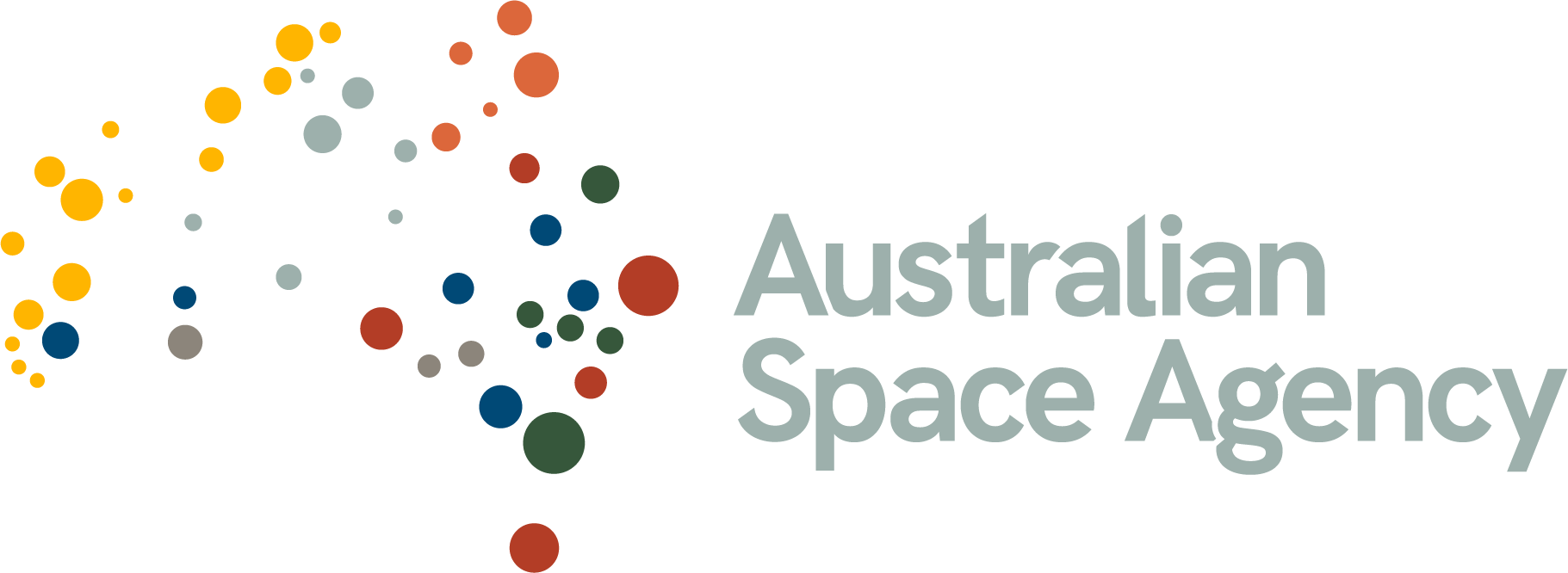Search Results
On 18 July 2019, the Australian Space Agency and XTEK Ltd signed a Statement of Strategic Intent and Cooperation which will strengthen the capability and competitiveness of Australia’s space industry.
On 12 August 2019, the Australian Space Agency and Speedcast International Ltd signed a Statement of Strategic Intent and Cooperation which supports the expansion and growth of the space sector in Australia through partnerships, collaboration and resource investment.
On 26 March 2019, the Australian Space Agency and Woodside Energy Ltd signed a statement of intent aimed at promoting technology transfer between the space sector and the oil and gas sector, enhancing the capability and competitiveness of Australian industry.
The Australian Space Agency has produced a definition of the space sector that includes activities across the space value chain.
This Statement of Strategic Intent and Cooperation outlines how EM Solutions will leverage their experience in delivering innovative radiofrequency and SATCOM systems into the emerging Australian space industry.
On 29 August 2019, the Australian Space Agency and Frontier SI signed a Statement of Strategic Intent and Cooperation.
On 15 July 2019, the Australian Space Agency and space start-up Myriota signed a Statement of Strategic Intent and Cooperation to enhance the capabilities of Australia’s space industry.
On 22 August 2019, the Australian Space Agency and Maxar Technologies signed a Statement of Strategic Intent and Cooperation which highlights the importance of a global approach to the space sector in developing the local space economy.
On 22 October 2019, the two organisations signed a letter of intent to consider cooperative projects such as biomedical research under space conditions, and quantum technologies.
This Memorandum of Understanding focuses on creating high-tech local jobs and new technologies, as well as highlights the opportunities to engage with international regions to strengthen partnerships and explore further space capabilities.
The Australian Space Agency’s Robotics and Automation on Earth and in Space Roadmap outlined a 10-year plan to support growth of robotics and automation capabilities on Earth and in space. This plan was published before May 2022 under the previous Australian Government.
On 24 September 2019, the Australian Space Agency signed a joint Statement of Intent with the United Kingdom Space Agency which will strengthen their industry ties through the formation of a Space Bridge.
On 26 March 2019, the Australian Space Agency and the Boeing Company signed a statement of intent, confirming Boeing’s commitment to invest in R&D, innovation, STEM education and government initiatives.
On 3 December 2019, the Australian Space Agency and Thales Australia signed a Statement of Strategic Intent and
Cooperation to mutually identify key areas of investment as well as potential research, development and commercial opportunities.
On 2 December 2019, the Australian Space Agency and EOS Space Systems signed a Statement of Strategic Intent and Cooperation which aligns with the Australian Civil Space Strategy.
On 15 August 2019 the Australian Space Agency and the European Space Agency signed a statement of intent to explore deeper cooperation which identifies potential projects in areas including deep space, communications, navigation, remote asset management, data analytics and mission support.
The 2021 State of Space Report documents the Australian Government’s civil space responsibilities and activities from 1 July 2020 to 30 June 2021, including the Australian Space Agency entering the third phase of the Australian Civil Space Strategy.
On 17 February 2020 the two agencies signed a statement of intent to consider a joint Australia-Italy activity on the International Space Station.
The Australian Space Agency’s Earth Observation from Space Roadmap outlined a 10-year plan to support growth of the Earth Observation (EO) sector in Australia. This plan was published before May 2022 under the previous Australian Government.
The Statement of Strategic Intent and Cooperation between the Australian Space Agency and Gilmour Space Technologies outlines Gilmour’s investment plans, including the research and development of new rocket technologies.
